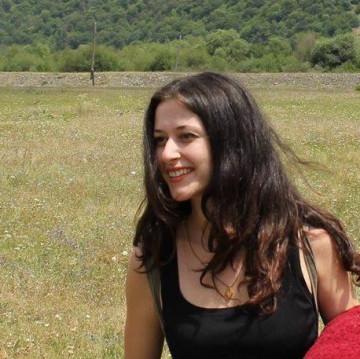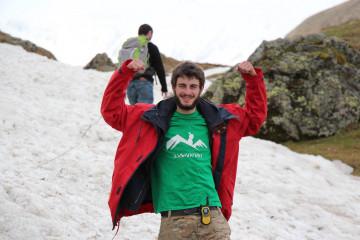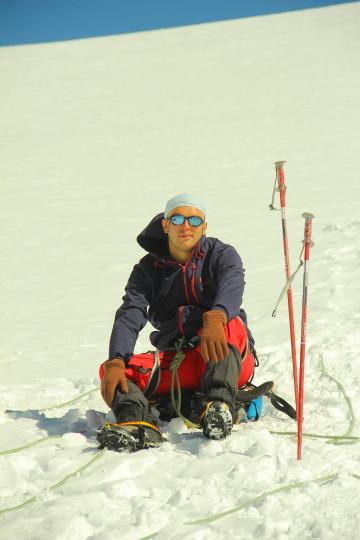
Help other travelers use your experience.
Review this destination, share your thoughts, impressions, pros and cons.
Let's make traveling easier than ever.
Rustaveli Avenue is the main street in Tbilisi. The avenue starts from Liberty Square and connects to Kostava street at Rustaveli metro. The street was named after Shota Rustaveli, the greatest medieval Georgian poet. Rustaveli Avenue is one of the most popular streets in Tbilisi, it is always crowded and you can feel the active rhythm of the city. Cultural and public institutions, cultural monuments, hotels, restaurants, bars and shops are located on the avenue. On Rustaveli Avenue there are located: Kashveti Church, the National Museum of Georgia, Georgian Museum of Fine Arts, Georgian National Opera and Ballet Theater of Tbilisi, the Rustaveli Theatre, the Museum of Modern Art, the Parliament of Georgia, the Supreme Court and the Viceroy Palace, where the Georgian National Youth Palace is currently located. Paintings, jewelry and various types of souvenirs are displayed in the open air near the Rustaveli Metro. At the beginning of Rustaveli Avenue, in Liberty Square, there is a large shopping center - Tbilisi Galleria. This street is often visited by people interested in Georgian culture, painting, theatre or cinema, as well as by gourmets and shopping enthusiasts. On both ends of the avenue there are metro stations - Metro "Liberty Square" and Metro "Rustaveli".
According to the map compiled by Vakhushti Batonishvili, Digomi road passed in the place of Rustaveli Avenue. The history of the avenue goes back to the first years of the XIX century. In 1807 the construction of the Palace of the Russian Commander-in-Chief began in Georgia. During this period the street was unofficially called "Road to Russia". Intensive street construction began in the 1810s. On the basis of topographic works done by land surveyor Tovarnitsky in 1833-1835, a plan was drawn up and began distribution of land along the avenue for the construction of houses for big officials, princes and soldiers. The "Road to Russia" from the 1840s was named after the Commander-in-Chief of the Caucasus Yevgeny Golovin. In 1848, sidewalks were built, an alley was built. In 1862 a water pipe was removed. Since 1860s, monumental public buildings have been built, such as: Two-storey building of the museum, “Temple of glory” (today's National Gallery), “Tbilisi Marriott” building (the former hotel "Majestic"), Artists' Society building (today’s Rustaveli Theatre), Treasury Theatre (Today's Georgian National Opera and Ballet Theater of Tbilisi). In the 1880s, the horse-drawn railway "Konka" was constructed on Golovin Avenue from Yerevan Square. In 1905, “Konka” was replaced by a tram. After the declaration of independence of Georgia in 1918, Golovin Avenue was named after Shota Rustaveli. Rustaveli Avenue underwent significant changes during the Soviet era. The tram lines were taken from the street, significant work has also been done in terms of greening and well-organization. At the same time, typical buildings of Soviet monumentalism were built, such as: Government House, Telegraphy, Hotel “Iveria” and others. At the same time, a military temple of the XIX century was destroyed, in the yard of which were buried Georgian junkers who fell in battle with the Soviet Russian troops in 1921. The tragedy of April 9 took place on Rustaveli Avenue in 1989, where the Soviet army defeated a peaceful demonstration demanding independence of Georgia. Today Rustaveli Avenue is one of the most well- organized and beautiful streets.
Our guides are ready to help you on this trip



Buy our tours online and explore incredible Georgia!


Help other travelers use your experience.
Review this destination, share your thoughts, impressions, pros and cons.
Let's make traveling easier than ever.
Please login to ask a question
Ask a Question